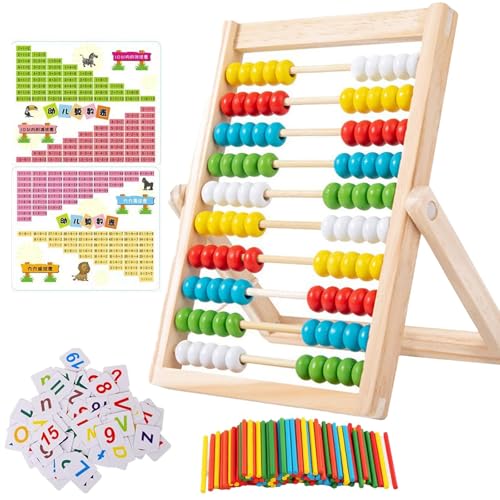What is an Abacus?
An abacus is one of the oldest tools used for arithmetic calculations. It originated in ancient China and was widely used for accounting and computing. It is a rectangular frame made of wood or metal, with vertical and horizontal rods that hold beads that slide back and forth to represent numbers.
How is An Abacus Used for Arithmetic Calculations?
An abacus is used to perform addition, subtraction, multiplication, and division. Each bead on the abacus represents a specific value, and moving them back and forth allows for the manipulation of these values, making calculations simple and efficient.
Abacus vs. Calculator – Which is Better?
While calculators are much more advanced and efficient, the abacus has one significant advantage – it teaches the user the fundamentals of arithmetic calculations. Learning how to use an abacus is an excellent way to develop a strong foundation in math and is still used as a teaching tool in some parts of the world.
The Benefits of Learning to Use an Abacus.
Learning how to use an abacus can improve mental arithmetic speed and accuracy, as it teaches the user to calculate quickly and efficiently. It also promotes the development of mental focus and concentration, as the user must maintain focus throughout the duration of the calculation.
The Cultural Significance of the Abacus.
The abacus is an essential part of many cultures, particularly in Asia. In Japan, for example, the abacus, or soroban as it is known, is still a common tool used for calculations, with national and international competitions held each year. It is also used in traditional Chinese and Indian culture and is a symbol of their rich history and ongoing contribution to the world of mathematics.






